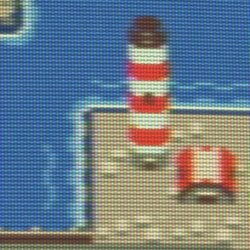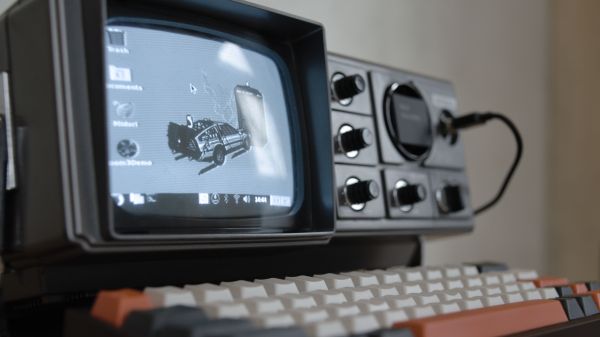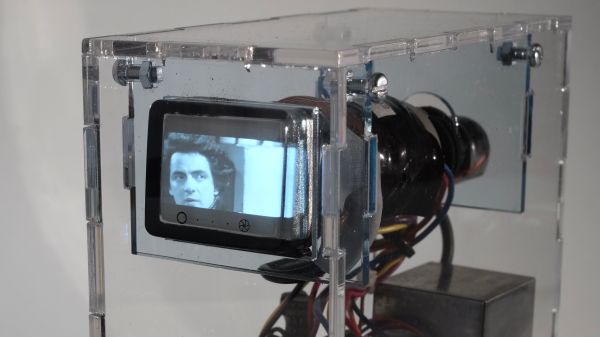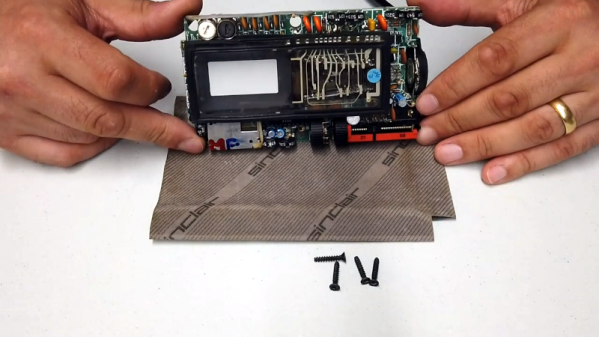By our very nature, hackers tend to get on the bandwagon of new technology pretty quickly. When something gee-whiz comes along, it’s folks like us who try it out, even if that means climbing steep learning curves or putting together odd bits of technology rather than waiting for the slicker products that will come out if the new thing takes off. But building your own television receiver in 1933 was probably pushing the envelope for even the earliest of adopters.
“Cathode Ray Television,” reprinted by the Antique Valve Museum in all its Web 1.0 glory, originally appeared in the May 27, 1933 edition of Popular Wireless magazine, and was authored by one K D Rogers of that august publication’s Research Department. They apparently took things quite seriously over there at the time, at least judging by the white lab coats and smoking materials; nothing said serious research in the 1930s quite like a pipe. The flowery language and endless superlatives that abound in the text are a giveaway, too; it’s hard to read without affecting a mental British accent, or at least your best attempt at a Transatlantic accent.
In any event, the article does a good job showing just what was involved in building a “vision radio receiver” and its supporting circuitry back in the day. K D Rogers goes into great detail explaining how an “oscillograph” CRT can be employed to display moving pictures, and how his proposed electronic system is vastly superior to the mechanical scanning systems that were being toyed with at the time. The build itself, vacuum tube-based though it was, went through the same sort of breadboarding process we still use today, progressing to a finished product in a nice wood cabinet, the plans for which are included.
It must have been quite a thrill for electronics experimenters back then to be working on something like television at a time when radio was only just getting to full market penetration. It’s a bit of a puzzle what these tinkerers would have tuned into with their DIY sets, though — the airwaves weren’t exactly overflowing with TV broadcasts in 1933. But still, someone had to go first, and so we tip our hats to the early adopters who figured things out for the rest of us.
Thanks to [BT] for the tip.



















